#carl otto czeschka
Text

'The Nibelungs' illustration by Carl Otto Czeschka, 1909
329 notes
·
View notes
Text


Carl Otto Czeschka- Illustrations for Die Quelle
78 notes
·
View notes
Text

Carl Otto Czeschka - Siren, 1904.
9 notes
·
View notes
Text

Wiener Werkstätte Cresta coat designed by Eduard Josef Wimmer-Wisgrill using Bavaria fabric by Carl Otto Czeschka, 1913.
(source: MAK)
#eduard josef wimmer-wisgrill#wiener werkstätte#carl otto czeschka#vintage fashion#1910s fashion#vintage coat#textile design#cresta#bavaria
12 notes
·
View notes
Text

Carl Otto Czeschka - Loie Fuller
0 notes
Text

Allerlei Gedanken in Vignettenform - Carl Otto Czeschka - 1902 - via Internet Archive
800 notes
·
View notes
Note
hi i hope you don't mind me asking! who are some of the artists that inspire your work and if any art movements too, which ones? i absolutely adore your work and wanna dive into the artists that inspire you because you fill me with so much inspiration 💫

Duilio Cambellotti
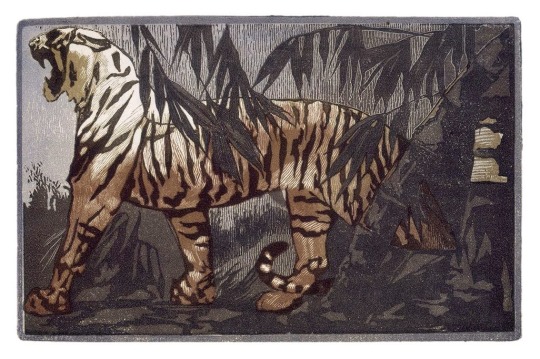
Paul Jouve

Norbertine Bresslern-Roth

J. C. Leyendecker
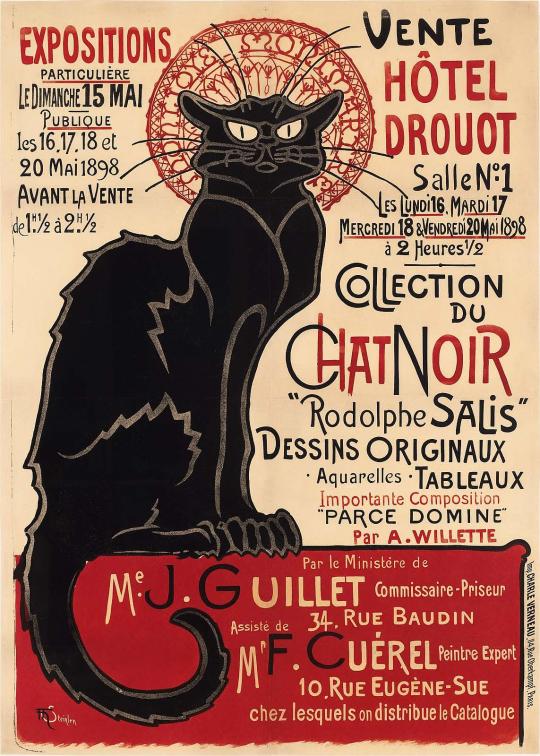
Théophile Alexandre Steinlen
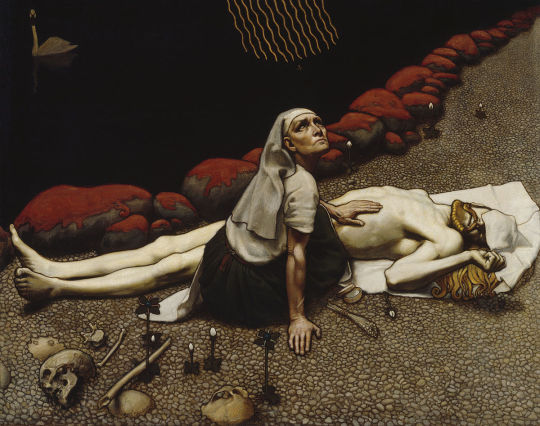
Akseli Gallen-Kallela
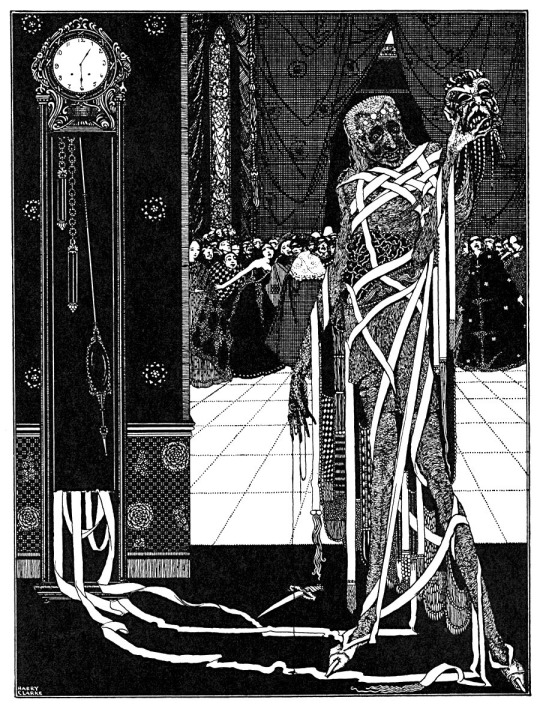
Harry Clarke

Nico Marlet
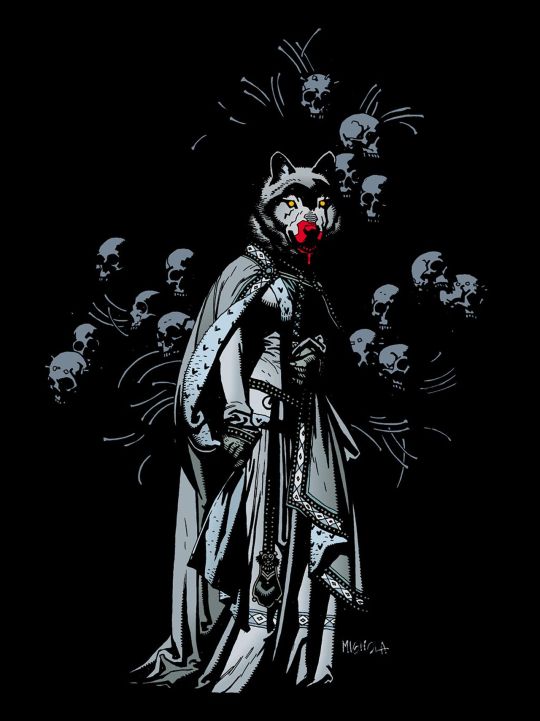
Mike Mignola

Carl Otto Czeschka
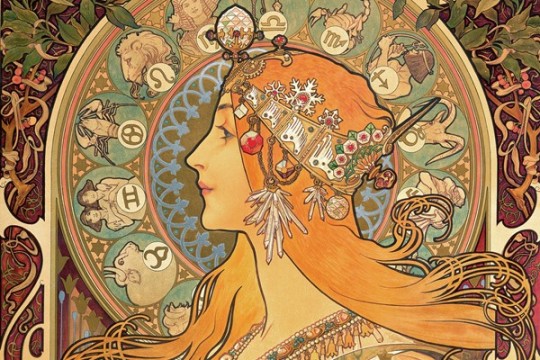
Alphonse Mucha

Klaus Haapaniemi
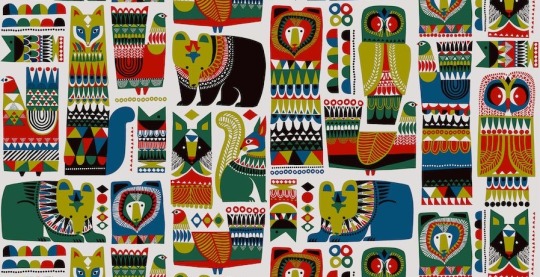
Sanna Annukka
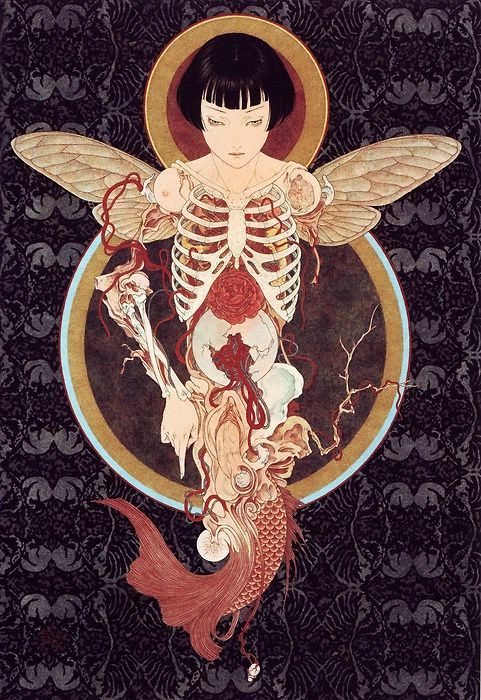
Takato Yamamoto

Ivan Bilibin
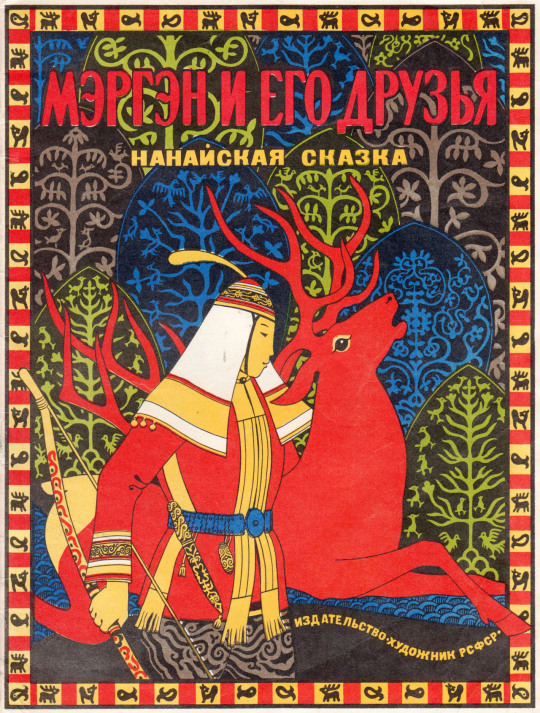
Gennady Pavlishin

Evgeni Rachev
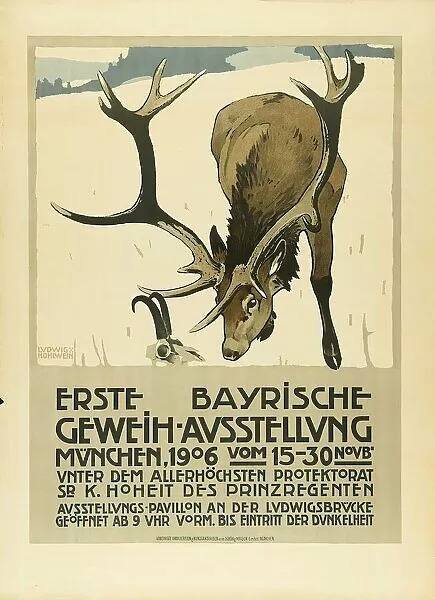
Ludvig Hohlwein

Tove Jansson
Just to name a few that have influenced me a lot and continue to live in my head permanently! Sorry about the long post, I thought it'd be helpful if I included examples.
My favorite art movement is art nouveau, I like poster art and antique fairytale illustrations a lot, and in terms of art history I'm most interested in renaissance, early baroque and gloomy 19th century romanticism.
#answered#sunnygang#long post#probably missing a number of longtime favorites but there's so many#I didn't include any artist friends and mutuals despite admiring and being inspired by them deeply#it didn't feel right to pick favorites and I thought I'd forget a whole bunch and then feel bad about it
2K notes
·
View notes
Text

necklace by carl otto czeschka, 1912 in twentieth-century jewelry - barbara cartlidge (1985)
89 notes
·
View notes
Text

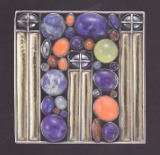
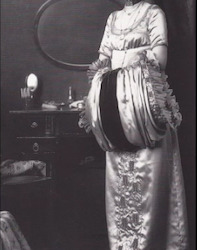

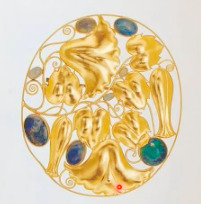
"Mathilde Floege Wearing a Dog Kollar" by Josef Hofmann in silver, gold and lapis lazuli and "Brooch" by Carl Otto Czeschka (1911) presented in “A History of Jewellery: Bedazzled (part 6: Art Nouveau 1890-1914)” by Beatriz Chadour-Sampson - International Jewellery Historian and Author - for the V&A Academy online, march 2024.
#conferences#inspirations bijoux#style#chapeau#ArtNouveau#lapislazuli#Floege#Klimt#Hoffmann#Czeschka#ChadourSampson#V&AAcademy#Victoria&AlbertMuseum
31 notes
·
View notes
Photo



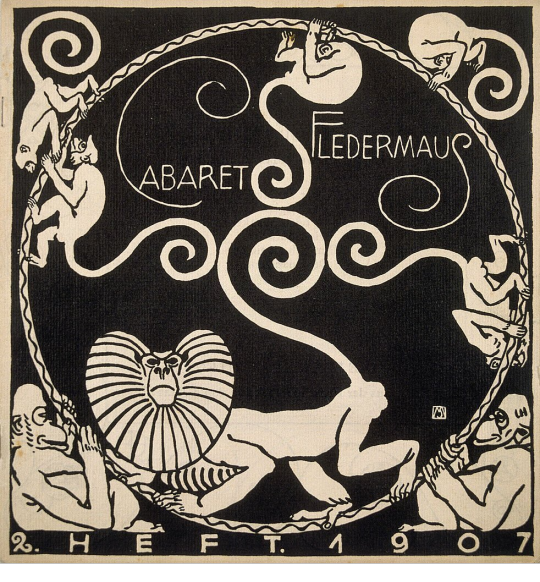
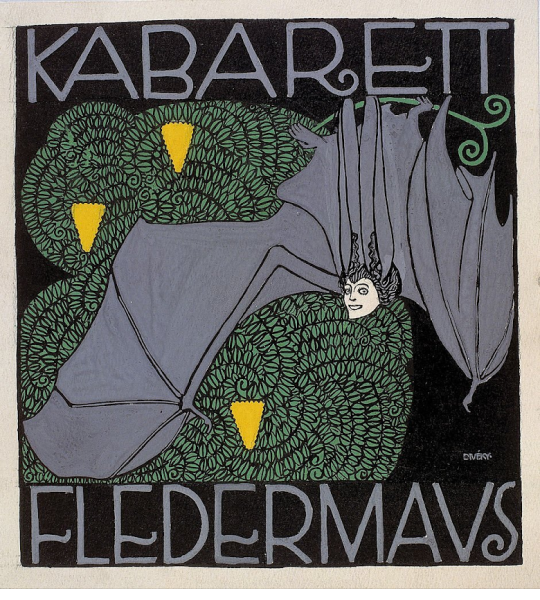
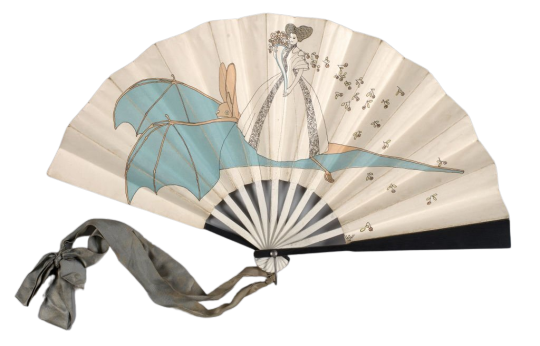
Cover of program of Cabaret Fledermaus by Carl Otto Czeschka, 1907.
Illustration for the first program of Cabaret Fledermaus by Bertold Löffler and Carl Otto Czeschka, 1907.
Illustration for the second program of Cabaret Fledermaus by Moriz Jung, 1907.
Cover of the second program of Cabaret Fledermaus by August Chwala, 1907.
Draft of a poster for Cabaret Fledermaus by József Divéky, 1907.
Folding fan for Cabaret Fledermaus by Bertold Löffler.
In October of 1907, on the corner of Kärntner Straße 33 and Johannesgasse 1 in Vienna, a new kind of club emerged in a converted basement of a residential building. Cabaret Fledermaus was conceived as a place where the ‘boredom’ of contemporary life would be replaced by ‘ease, art and culture’. It was created by the Wiener Werkstätte (Vienna Workshop), a group of artists and designers founded by architect Josef Hoffmann, artist Koloman Moser and businessman Fritz Waerndorfer. Their aim was to stimulate the senses through a synthesis of modern architecture, painting, poetry, music and dance creating a space where ‘none of the arts were excluded’ and craftsmanship was championed. [...] Live performance was at the cabaret’s heart: it hosted short satirical plays, evocative shadow theatre, avant-garde dance, poetry readings and musical performances ranging in tone from humour to decadence. In particular, the stage offered a platform for epoch-defining female performers such as Grete Wiesenthal and Marya Delvard, supported by extravagant sets and elaborate costume designs. [...] Cabaret Fledermaus closed its doors in 1913 due to financial difficulties and there are only a few records that remain of what this dazzling club space would have looked like. There are three surviving photographs, postcards by the Wiener Werkstätte, and floorplan and elevation sketches by Le Corbusier from 1907, when he was in close contact with Hoffmann while staying in Vienna.
source

51 notes
·
View notes
Text

Hochschule für bildende Künste by michael_hamburg69
Die Schönheit als Botschaft 1912, Jugenstil-Grisaile-Fenster, Ausführung durch Gebr. Kuball in Hamburg von Carl Otto Czeschka
3 notes
·
View notes
Text
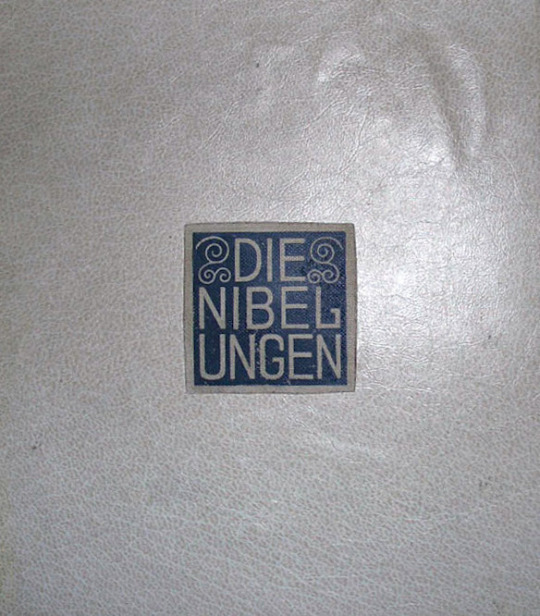
DIE NIBELUNGEN, AN ANCIENT TALE OF KNIGHTLY HONOR. (Wien; Leipzing: Verlag, Gerlach u. Wiedling, 1909), Illustrated by Carl Otto Czeschka (1878-1960). Interpreted by Franz Keim.
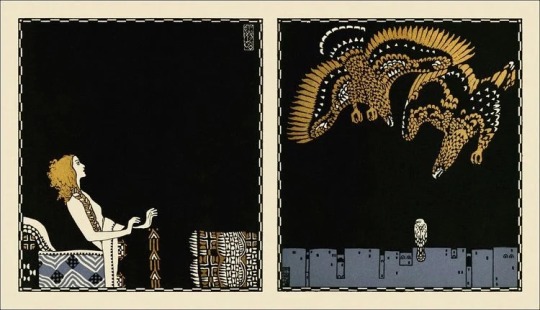

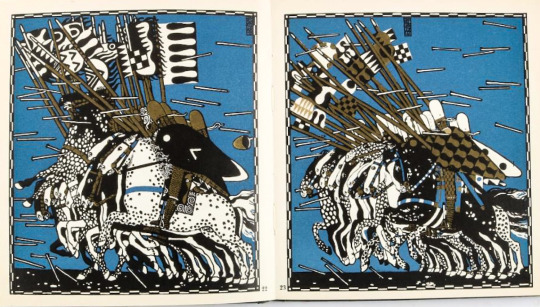
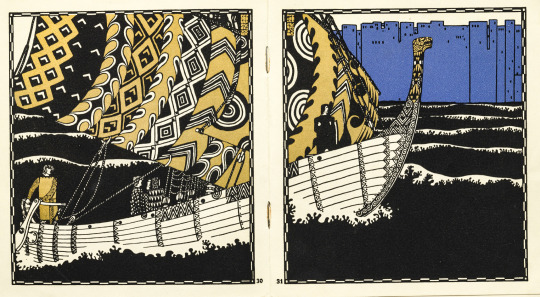
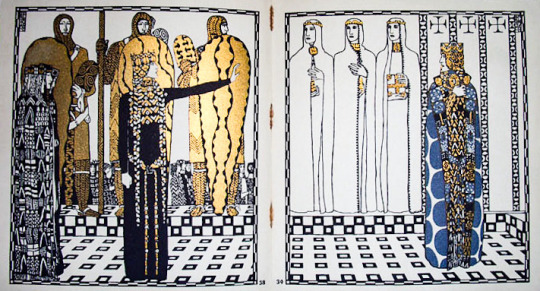

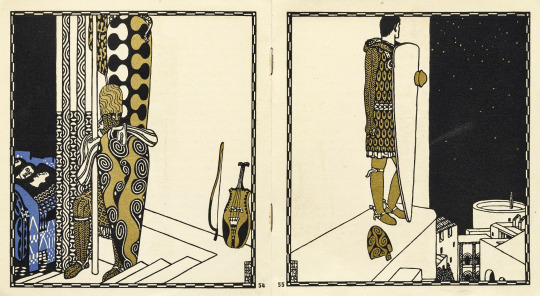
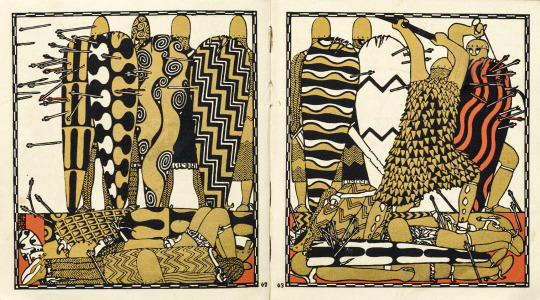
This simply designed little book provides no indication of the riches it holds inside. The text and double page illustrations are the work of Carl Otto Czeschka, a leading member of the Vienna Secession. A former teacher, he designed jewelry, metalwork, textiles, furniture, and books.
source. Princeton University Art Museum.
#beautiful books#book blog#books books books#book cover#books#illustrated book#edwardian books#vintage books#das rheingold#vikings
65 notes
·
View notes
Text

Carl Otto Czeschka- Die Quelle
12 notes
·
View notes
Text

Carl Otto Czeschka "Kriemhild's Dream"
"For a long time the "Nibelungenlied" was the sole topic of discussion among us, and our classical philologists were not a little annoyed when this epic was compared with the Iliad, or when some even went so far as to debate which of the two is superior. While this discussion was going on, the general public looked like a lad who is asked to choose between a horse and a ginger cake. But at all events the " Nibelungenlied " has great force and power."

"Siegfried's Arrival in Worms"
"It is difficult for a Frenchman to form a conception of this work, or even of the language in which it is written. It is a language of stone, and the verses are, as it were, blocks of granite. Here and there, out of the fissures of the rock, grow red flowers, like drops of blood ; or long branches of ivy droop downwards, like green tears. Of the giant passions that surge tumultuously in this poem, you polite French liliputians can understand still less."

"The Burgundians Fighting Danes and Saxons"
"Imagine it to be a clear midsummer night ; the stars, pale as silver but large as suns, deck the blue firmament, and all the Gothic cathedrals in Europe have arranged a rendezvous on some vast plain; and now with slow and ponderous strides come the minster of Strasburg, the cathedral of Cologne, the bell-tower of Florence, the cathedral of Rouen, and the rest; and they all most politely pay court to the beautiful Notre Dame of Paris. It is true that their gaits are somewhat awkward, and that a few among them are very uncouth, and that when they waddle about, trying to be sentimental, they cut rather ridiculous figures."

"Kriemhild"
"But laughter is quickly hushed as soon as it is seen that they are becoming enraged, and begin to throttle one another; and Notre Dame de Paris despairingly stretches her two stony arms towards heaven, then suddenly grasping a sword she strikes at the largest of the cathedrals, and at one blow severs its head from its body. But no ! even then you can form no conception of the chief characters of the Nibelungenlied; no steeple is so high, no stone so hard, as the fierce Hägen, or the revengeful Chrimhilde."

"The tale hath here an end. This is the Nibelungs' fall."
"Who is the author of this poem? The. name of the author of the Nibelungenlied is as unknown to us as are the poets who have composed the folk-songs. How strange it is that we so seldom know the names of the creators of the master-pieces of literature, poetry, architecture, and similar monuments of art."

From Fritz Lang's "Nibelungen" (1924)
Quoted after Heinrich Heine’s “Romantic School” (1833) – the artwork is by Klimt’s friend Carl Otto Czeschka (1878 – 1960) from his full-scale art nouveau take on the “Lay of the Nibelungs”, the Nibelungenlied, from 1908, one of the most important inspirations for Fritz Lang and Thea von Harbou’s epochal “Die Nibelungen” movie epos from 1924.
The entire Nibelungenlied from around 1200 can be appreciated in modern English below
#unhallowedarts#dark art#dark aesthetic#dark academia#art nouveau#czeschka#vienna secession#heinrich heine#die nibelungen#nibelungenlied#fritz lang
19 notes
·
View notes
Text
Drawing People 2
Expecto patronum, my dude. It’s me, Evan! I am but a humble visitor in your land of tumbling, so I do not mean to presume, but perhaps the “long post” tag applied to my last missive means verbosity hath claimed my tongue, once again. Let me see if I can make the second act of this drama a little snappier.
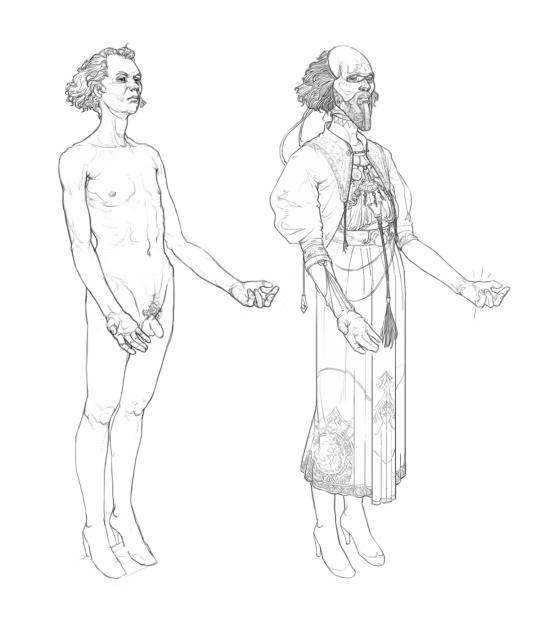
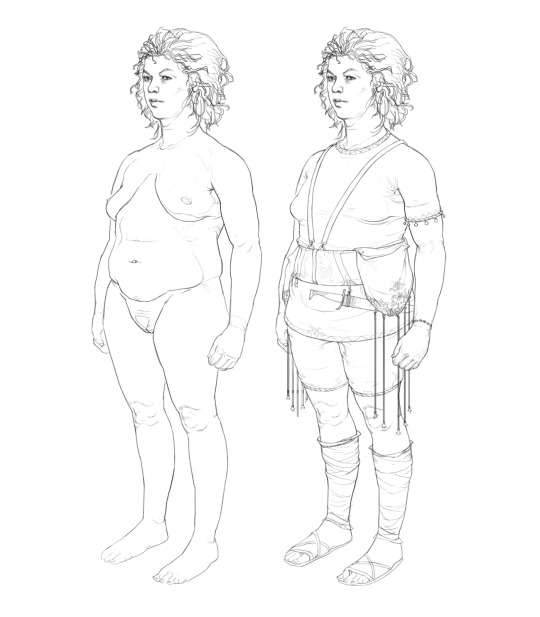
these folks got basic, boring poses so I could use them as simple mannequins. Drawing like this out of my head is fun, but kind of time consuming. Doing a thorough job of the figure before clothing it shortens the time a good bit, and keeping the pose pretty simple removes any demand of the fabric to do difficult things.
Who this? Can’t tell you. Why this? Experimentation! These drawings were great test beds to answer questions about rendering: what kinda stuff works with characters in this idiom, what kind of linework, what level of detail, etc. But on the other side of the arbitrary distinction I’ve just decided to conjure are compositional questions. God I love that word. Composition — The sum of a picture.
Art history, and particular commercial art history has so many good answers to compositional questions, and a lot of their answers make a lot of sense for visual novels, what with commercial art often needing to wrangle decoration and flatness with representational stuff. I’m partial to the solutions of your Muchas Alphonse and kin, but that sort of density and curation of parts is only possible when you’re working with a single picture at a time. Duh, you say and I concur. We have to do more modular stuff, especially if we're going for a high level of detail, and we’re splitting up character and background duties. We needed to find ways of simplifying, modularizing and keeping things unified.
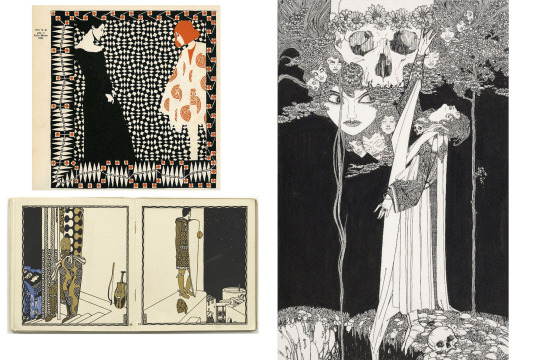
Western commerical art in the late 1800s is really a zenith of single-picture making in my books. It seems to me that there was an endless variety of exciting design exploration supported by real chops.
Luckily commercial art has some answers to this as well. Ya’ll heard of the Weiner Werkstatte? How about John Austen? Oh you’re a connoisseur are you? You’re a quite hip individual? Well then, you heard of Carl Otto Czeschka? (I dunno if that’s actually a deep cut.) Here are some common themes between them. Flatten space, use only a few distinct values and colors and use heavy blacks to unify the picture.
Aside from these general ideas, we were specifically interested in Austen’s use of orthogonal perspective. It seemed like a really natural fit — centering the picture on the characters with the world as framing, it’s flatness generating less friction with textual and decorative elements and giving us a pretty consistent format to interface foreground and background elements. Hypothetically it gave us a tremendous amount and demanded less work… Hypothetically.

Pyrga didn’t wind up actually featuring in the prototype but I still love the big weirdo. A compositional feature you might not notice unless you a comp dweeb is that they're not fully balanced pictorially. They very much need an answer to their left, preferably above their shoulder. I tried to carry this compositional incompleteness forward with every asset so they would mesh well with one another and even if they were solo, there would be a visual relation with the background.
So bam. heavy blacks, less variety in the linework, very few colors and orthogonal perspective. There are things that work well here: being attentive to the turning edge of the shadows gives it a flavor I don’t see many places, and aiming for more naturalism gets it out of the Hades/Hellboy sorta cartoony zone that it was trending toward initially.
There are problems, too. I’m not good enough to get that level of naturalism out of my head with any kind of speed so I needed reference. With this character, that’s sort of ok. They're kindof an amorphous blob of fabric and that’s just fine for kit bashing different references and imagined bits and whatnot, but other characters have much more, let’s say definite garments. Secondly the spot blacks pose a real issue for decoration, they wind up needing to override any kind of patterning, and the linework on turning edges winds up noising up and cluttering things. The lack of line opacity and overall brush size is also making some detail work challenging, but I wasn’t quite sure how else to get the linework readable with the asset scaled at different sizes.
Now all this stuff shoulda given me pause, but there were a lot of plates to keep spinning. We were in the thick of writing, I was bouncing between finishing up other designs and trying to get the UI on track, yada yada. Petra was on the mind, as well. We were missing some key things for her — A mask and a cloak.

Designing this mask coincided with a push for more overtly greek looking stuff, so I was thinking of how to style a sort of blank face after typical greek statue face forms.
What good is a mask to a very overpowered warrior? Our answer was threat display, what with Petra often fighting enemies that wouldn’t be repelled by armor. This was something to stop hapless goons from running into the three toothed meatgrinder. So the question is what’s scary, then? What’s badass enough you don’t wanna fuck with the person wearing it?
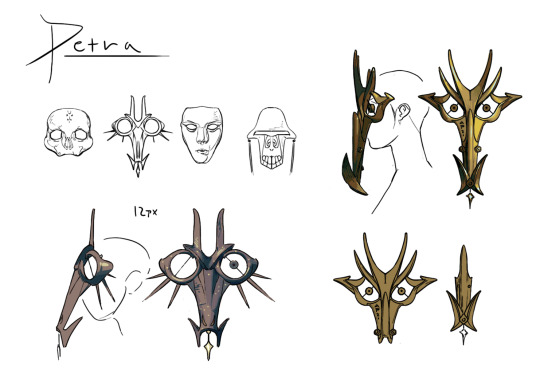
It’s nice to do a little painting every now and then. 90% of this project h linework and flat color. Here the painting was particularly useful to communicate the form to future me who’d have to draw it from a lot of angles.
Turns out neither of us wanna fuck with the Hydratic's eponymous Hydra. It’s a pretty obvious subject in retrospect, what with Petra being a state zealot, but the thought of making that her mask didn’t come up till quite late, likely because in my head the Hydratics were a fundamentally 2d people — wouldn’t you know, turning a 2d idea 3d gave it a lot of personality.
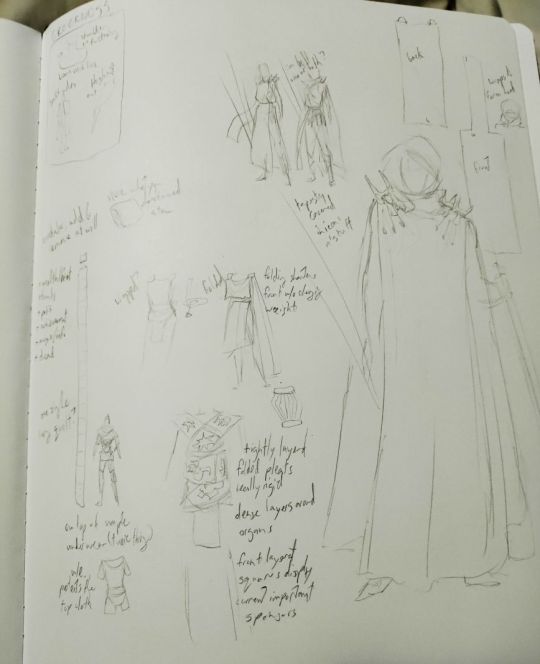
A sasha sketch page. They had a lot of really fascinating ideas about Hydratic garments that made so much sense for their history.
The mask design was pretty straightforward all things considered. But the cloak… Sasha and I had been trading sketches of just what to do with that fuckin thing for like months. It was a complex problem because there were a lot of bases to hit. The Hydratics are modern, sporty, military, brand heavy, decorative, flat, uninterested in veneration. Petra is workmanlike, zealous, uncharmed by culture, physical, and at a pinnacle of hydratic military service. We need some indications of greek-ness no matter what, but we shouldn’t be too greek cause reasons. Getting these competing elements to all work together became a very interesting puzzle. How would you solve this?
For us the answer actually came outta watching 1917 a while back. Both Petra and Io are supposed to have a couple cues that liken them to ww1 soldiers, their experience in the apocalyptic conflict sharing some character with 1917’s hellish proceedings. This got me thinking about more dedicated military gear, and a slightly different character to Hyrdratic warriors. What of instead of hoplites, they were more like riflemen?
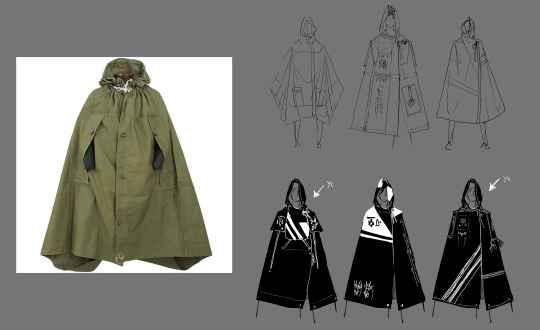
This almost looks like concept art!
In research, I’d found a genre of eastern european military poncho/cape thingies that really worked. They got armholes so the soldier can handle their firearms while still wearing it, it doubles as a tent, it’s rugged, it’s got kind of a rigid silhouette but it can be worn in interesting ways to break up the figure, and importantly, it’s got a whole lot of real estate what you could jam Hydratic Icons on. It’s a perfect fit for Petra who’s traveled Greece fighting monsters and champions. Her spears even work as tentpoles!
I can’t say I’m 100% happy with the final design (pictured at the front of part 1) but good golly it’s a hellofalot closer to the goal than what we were cooking up before. So I think we can call this a draw. Some problems on the style front, some solutions on the character design front. But the damoclesian sword of asset-completion hangs large above our heads, dear reader. Oh dam I think that means there gonna be a part 3! Good golly! Check back in soon for the laborious conclusion to this junk where I do a full process breakdown of an asset.
13 notes
·
View notes
Text

Study of a woman’s figure
Carl Otto Czeschka


2 notes
·
View notes